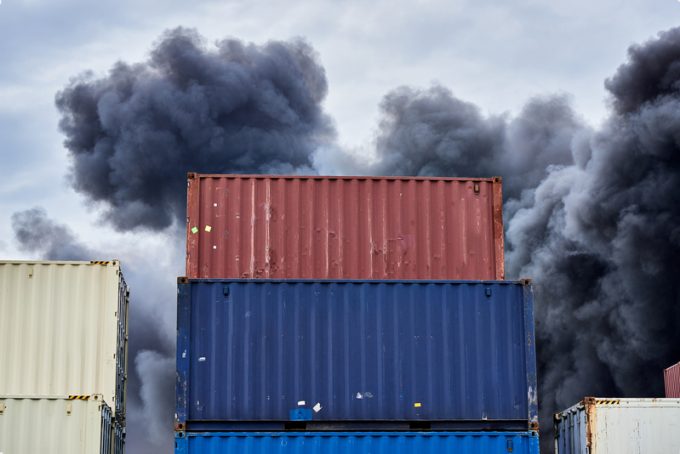Red Sea attacks on ships could continue, despite Gaza ceasefire
Despite a lull in attacks on shipping this month, Houthi suggestions are that they may ...

The already daunting prospect of fighting battery fires on ships, in warehouses and on aircraft is further complicated by chemicals which ‘off-gas’ during such fires, according to TT Club.
During a battery fire, gases are released which can pose both an explosion risk and the threat of death if inhaled. But these appear as black smoke, meaning that first responders might be unaware they are breathing toxic chemicals.
These include carbon monoxide, methane, hydrogen cyanide – infamously, the main component of ...
Trump tariffs see hundreds of cancelled container bookings a day from Asia
'To ship or not to ship', the question for US importers amid tariff uncertainty
'Chaos after chaos' coming from de minimis changes and more tariffs
'Disastrous' DSV-Schenker merger would 'disrupt European haulage market'
Forto 'sharpens commercial priorities' as it lays off one-third of staff
List of blanked transpac sailings grows as trade war heats up and demand cools
EC approves DSV takeover of DB Schenker
Overcapacity looms for ocean trades – with more blanked sailings inevitable
Amazon Air’s metamorphosis: 'a different air cargo unit from two years ago'
Shippers in Asia restart ocean shipment bookings – but not from China
India withdraws access for Bangladesh transhipments, in 'very harmful' decision
'Tariff hell' leaves industries in limbo – 'not a great environment to plan'

Comment on this article
John Clark
September 08, 2023 at 10:57 amGovernments around the world are hell bent on conversion to EV’s but they are ignoring the massive risks. Unfortunately this is often the case because Governments come and go.